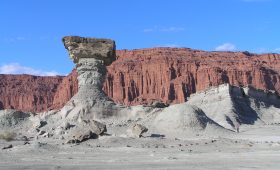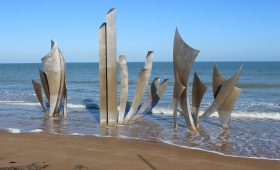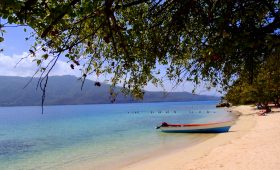Robben Island: A Journey Through History and Nature
History
Robben Island, located off the coast of Cape Town, South Africa, has a complex history that spans centuries. It was first discovered by Europeans in 1488 when Bartolomeu Dias reached Table Bay. Over the years, it has served various purposes: a prison, a refreshment station, and an asylum. The island’s most notable period was during the Apartheid era when it became a maximum-security prison for political prisoners, including Nelson Mandela, who spent 18 of his 27 years of imprisonment there. Today, Robben Island is a museum and a symbol of resilience and the triumph of the human spirit.
Getting There
To visit Robben Island, you’ll need to take a ferry from the Nelson Mandela Gateway at the V&A Waterfront in Cape Town. The ferry ride offers scenic views of the coastline and takes about 30 minutes each way. It’s important to book your tickets online in advance, as only 1,800 visitors are allowed per day. The entire tour, including the ferry ride, lasts approximately 3.5 hours.
Local Transportation
Once on the island, transportation is provided by guided bus tours. These tours are often led by former political prisoners, offering a personal and insightful perspective on the island’s history. The guides share their experiences and stories, providing a deeper understanding of the island’s past.
Exploring the Island
Robben Island is not just about history; it also offers stunning natural landscapes and unique wildlife. The island is small, about 4.5 km long and 2.5 km wide, making it easy to explore.
Nature Walks
For those interested in nature, the island features several well-marked trails. These paths take you through diverse ecosystems, from rugged coastlines to serene wetlands. The highest point on the island is Minto Hill, where a lighthouse stands, offering panoramic views.
Wildlife Encounters
Robben Island is home to a variety of wildlife, including a well-established colony of around 13,000 African penguins. Visitors may also spot seals and various seabirds. These wildlife encounters add an extra layer of interest to your visit.
Best Time to Visit
The ideal time to visit Robben Island is during the South African summer months, from December to February, when the weather is warm and conducive to outdoor activities. However, this is also the peak tourist season, so expect larger crowds. For a quieter experience, consider visiting during the shoulder seasons of spring (September to November) or autumn (March to May).
Visitor Tips
- Book your ferry tickets online well in advance to secure your spot.
- Arrive at the V&A Waterfront at least 30 minutes before your departure time.
- Expect to spend 4-5 hours for the entire visit, including ferry trips and the tour.
- Bring a camera to capture the island’s landscapes and wildlife.
- Be prepared for limited facilities on the island due to conservation efforts.



